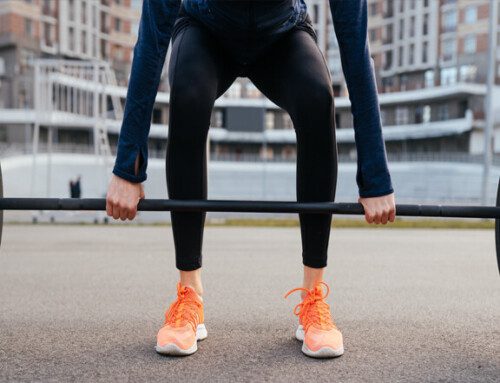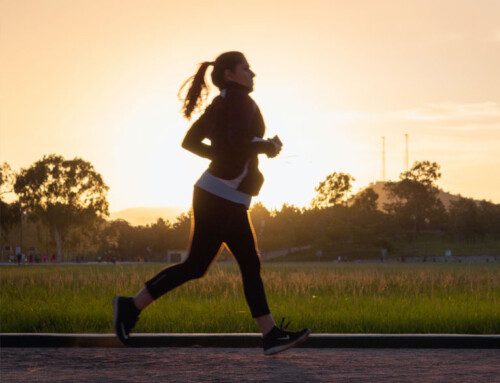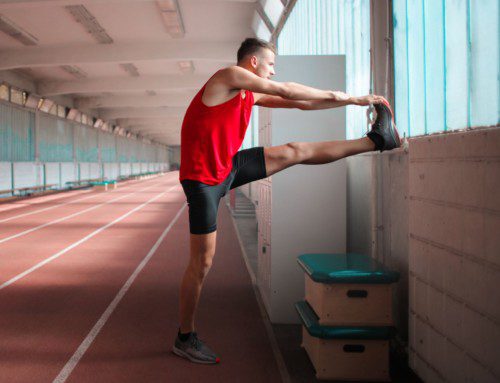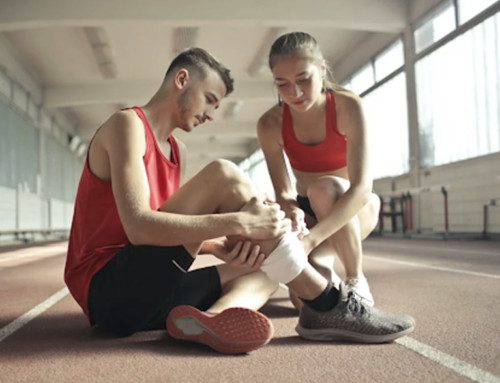While living in Germany, my family and I were fortunate to be able to visit some great places.
We often met interesting people along the way. One of the most memorable encounters was with a kind and energetic lady named Ruth. We met Ruth while hiking on our first day of a seven-day hike along the lochs from Fort William to Inverness Scotland.
Ruth was taking the same route, and we would cross paths from time to time along the way. After several miles of hiking, I had blisters, sore muscles and stiff joints. Complaining about my cold wet clothes and pain in my body, my pace slowed and stuttered.
On our last day with just a few miles remaining, we bumped into Ruth again. She too was moving a little slower from the arduous journey but made no mention of aches or pains and was just as upbeat and cheerful as she was at the beginning of the trek.
At 80 years old, Ruth found joy in the challenge.
Staying Fit and Active
Staying fit and active throughout life is not an easy task when you consider the natural progression of our bodies over time.
As we age, aerobic capacity decreases and fat mass increases in sedentary individuals causing less oxygen to get delivered to key organs, making daily exercise more difficult (1). Muscle mass typically begins to decline after only 25–30 years of age. It's estimated that, on average, 40% of muscle mass is lost by 80 years (2, 3)!
Luckily, regular exercise has been shown to help offset these changes. While no amount of physical activity can stop the biological aging process, there is evidence that regular exercise can minimize the physiological effects of a sedentary lifestyle and increase active life expectancy. Regular exercise also limits the development and progression of chronic disease and disabling conditions (4).
A study from The British Journal of Sports Medicine concluded that, "a regular exercise program can slow or reverse the loss of aerobic fitness — typical of behavior observed in middle-aged and retirement aged people — reducing the individual's biological age and prolonging independence (1)."
In fact, daily exercise has the potential to reduce the risk of several serious and often life-threatening conditions including:
- Breast Cancer
- Cardiovascular disease and atherosclerosis (thickening and hardening of the arteries due to fibrous fatty plaque build-up)
- Lower resting blood pressure
- Osteoporosis
- Pancreatic Cancer
- Stroke
- Type 2 diabetes, even in persons at high risk
How to Get Regular Exercise for Healthy Aging
We know the benefits of exercise are clear, but how do we get there?
The American College of Sports Medicine has released a position stand to help guide what that looks like (4):
- When training for health aging, you should use a variety of exercises for your training program, including strength training, cardio or aerobic exercises and flexibility stretching.
- Aerobic and Resistance training combined helps to combat effects from the aging process more than doing either type of exercise on its own.
- If you are at risk for falling, consider doing specific exercises that will help improve your balance.
- You don't need to do high-intensity training to prevent chronic conditions, but you do need to exercise consistently to get the lasting benefits from exercising.
For some inspiration of ways to incorporate regular physical activities into your daily lifestyle, here are a few suggestions:
- Walk the dog followed by playing a game of fetch to increase your heart rate and help keep strength and mobility in your shoulders.
- Attend a weekly yoga or tai chi class to maintain your balance.
- Fit in fitness on your vacation by signing up for a walking tour for a body and mind benefit.
- Start a new sport like swimming or golf for a low impact physical challenge.
- Ride your bicycle to the store to stimulate your heart, muscles and joints.
- Stand on one foot to challenge your balance at the safety of your bathroom or kitchen sink while brushing your teeth or washing dishes.
- Go on a hike with hills to increase the strength in your legs and core.
Personally, I'm inspired and motivated by people like Ruth. They aren't sitting around waiting for the effects of aging to take place, but instead, they are engaging the world in an active and meaningful way.
They do what brings them joy. This is a big reason I became a physical therapist. I get to help people stay as active as they want to be throughout their lives.
How Physical Therapy Can Help You Remain Active
When physical ailments crop up and limit functional activities, physical therapists have the expertise to these treat limitations. This is one of our profession's key tenets, to ensure people stay active throughout adulthood to well beyond retirement.
If you're just starting an exercise program later in life, consider first getting evaluated by a physical therapist who will recommend exercises that are safe and appropriate.
So if your retirement goals include a cross-country walk like Ruth, or if you prefer gardening, chasing grandchildren or sailing, the therapists at Set PT are here to help you achieve those aspirations. And the next time a muscle ache, joint pain or injury is getting in your way, come see us.
Sources:
- http://www.apta.org/Media/Releases/Consumer/2008/6/9/
- Skeletal muscle mass and distribution in 468 men and women aged 18-88 yr. Janssen I, Heymsfield SB, Wang ZM, Ross R. J Appl Physiol (1985). 2000 Jul; 89(1):81-8.
- Review: Powerful signals for weak muscles. Saini A, Faulkner S, Al-Shanti N, Stewart C. Ageing Res Rev. 2009 Oct; 8(4):251-67.
- http://www.acsm.org/about-acsm/media-room/news-releases/2009/07/20/acsm-issues-position-stand-on-exercise-and-older-adults
Exercise and Physical Activity for Older Adults. Chodzko-Zajko, Wojtek J. Ph.D., FACSM, (Co-Chair); Proctor, David N. Ph.D., FACSM, (Co-Chair); Fiatarone Singh, Maria A. M.D.; Minson, Christopher T. Ph.D., FACSM; Nigg, Claudio R. Ph.D.; Salem, George J. Ph.D., FACSM; Skinner, James S. Ph.D., FACSM - Medicine & Science in Sports & Exercise: July 2009 – Volume 41 – Issue 7 – pp 1510-1530
http://www.thelancet.com/action/showFullTextImages?pii=S0140-6736%2817%2931634-3





